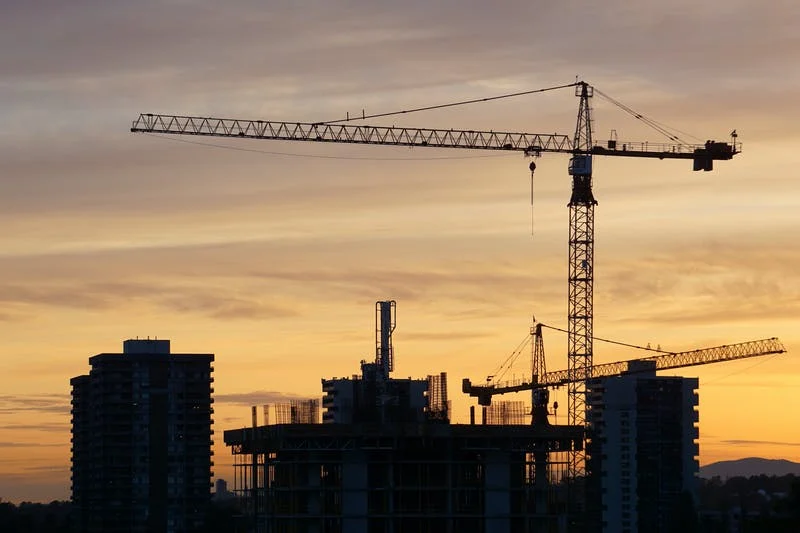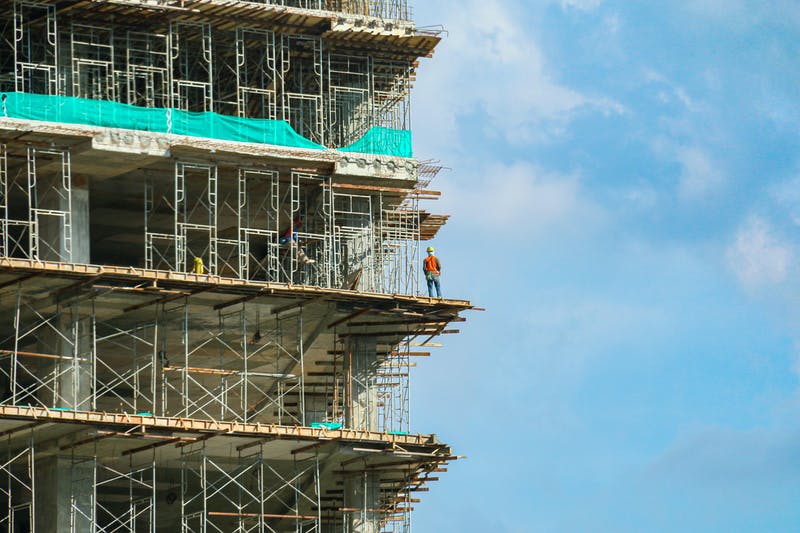It’s a simple question without a simple answer.
Unfortunately, to successfully estimate the cost of building a house needs significant skill and experience. This is proven by the fact that getting it wrong is the norm. A study published in 2017 showed nine out of ten construction projects go over budget.
So why is it so difficult?
There are plenty of reasons why estimating the cost of building a house can be so off. It’s a complicated job with lots of moving parts, hidden fees, unforeseen problems, and there is an opportunity for costs to spiral at every stage of the project. Some of the primary issues in cost overruns are:
- Repeated design changes
- Payment delays for work
- Contractor inexperience
- Poor material management
- Contractor’s financing
- Inadequate tendering documentation
With so much to consider, how can you estimate the cost of building a house such that you break from the norm and become part of the 10% that actually stay within budget?
It takes lots of time and effort, but most budget issues can be overcome with proper planning, significant research, and excellent construction management.

Here are some helpful steps to consider for construction estimation when building a house. Hopefully, they can help you complete a successful building project.
- Make your budget a priority
If you want to get your project completed within budget, you have to make it a priority throughout. It should be made clear from the outset and used to inform all the decisions that follow. If that means you have to downgrade some of your designs, then so be it. Every person involved in the project has to be aware of the budget and strategies to keep to it.
At the start of the project, you will have to spend significant resources to estimate the cost of building a house. However, this is a continual process, not a one-off task. Construction projects are complicated with:
- Evolving designs
- Fluctuations in material costs
- Changes to contractor requirements
- And much more
Something that seems possible for a given cost at the beginning may later require adjustment. Therefore, you have to assess your project in real-time to ensure you can stay on budget.
- Research
There is so much to learn to estimate the cost of building a house. You have to look at every expense throughout the project and all the possible options for each.
There are apparent construction costs every building project has, such as:
- Land purchase
- Building designs
- Material costs
- Labour costs
- Foundation costs
- Exterior/Interior finishes
- And much more.
Research has shown that the highest cost while building a house is the building’s foundation, superstructure, and floor structure. This includes the walling, external cladding, and roofing and typically accounts for 25% to 30% of the total budget.
There are also costs specific to each project, including:
- Legal fees
- Permit fees
- Building regulation fees
- Land tax
- Site Preparation
- Site surveys
- Warranty
- Insurance
- Demolition costs
- And so on.
Before estimating the construction cost, you need to research your project thoroughly to learn all the outlays you will likely incur.
There are construction estimation templates and calculators available online to help in your research. It is essential, though, to remember that the cost of building a house is different to every home. Going deeper is a necessity, compared to a basic online tool, it will give you a much more accurate approach to estimate the cost of building a house
- Design
Ultimately your construction cost is defined by your building design. Many factors determine the design’s cost, including:
- House’s requirements
- Size
- Floor structure
- Materials required
- Location
- Etc.
A completely custom design will require the skills of an architect. It requires much more decision-making and can dramatically increase the budget of your building project. On the other hand, pre-design options can save you significant money. You get a proven product that has pre-existing designs and potentially pre-defined construction systems and strategies.
Whatever is suitable for your project, ensure you invest significant time during the design phase and that you are happy with the final result. Design changes during the project are a significant problem in construction cost overruns.

- Choosing a construction system
Deciding on a construction system is a vital stage of any project and essential to estimate the cost of building a house. Traditionally the two main choices are timber or masonry. However, with modern advances in construction, there is now a range of other options available, such as:
- Structural insulated panels
- Oak frame
- Insulating concrete formwork
- Steel frame
- And natural construction materials.
Estimating the cost of materials for your chosen construction system may be one of the more manageable parts to estimate the cost of building a house. Comparing materials suppliers, ensuring they can match your delivery requirements.
It is essential to consider natural fluctuations in the material costs, so unless you order everything upfront, prices may change.
- Planning
When planning your building project, you’ll need to break down all the tasks and resources required to complete them. This is a vital part of construction management. Keeping track of all this can be significantly improved via dedicated software (link to construction management software blog?).
Once you have a breakdown of tasks, you can determine strategies for estimating each. Incorporating your research to cross-check each task’s costs and determine how to ensure expenses are fixed or as close to fixed as possible.
During planning a building project, it is common to add a contingency fund to the budget. This prepares for the unexpected, providing funds so you can be flexible when something goes wrong. However, this is typically not just to solve a one-off crisis during the project. But, instead, more often used to cover any general slight rise in prices throughout the project.
- Finding the right builder
Labour is one of the highest costs when building a house. However, it is not an area to go for the budget option. Finding the right builder with experience constructing new homes and working with similar designs and construction systems is a better way to deliver the project on budget and schedule.
All builders should be able to provide quotes for the cost of a project. However, if you want to ensure you’re estimating your construction costs accurately, it can be helpful to go into more detail. Breaking down the cost of specific tasks with the builder to drill down on an accurate final price.
Summary
As you can see, there is a lot to consider to estimate the cost of building a house. Your estimate of all the construction costs requires significant research, design considerations, choices of system and labour, as well as rigorous planning.
Thankfully, it is 2021, and there are software tools available that can help you manage and improve your estimating accuracy. With dedicated construction management software for estimating, you can easily break down your project into each task and its expense. Keep track of all your costs, store databases of suppliers and their prices.
Using technology can help make construction cost overruns a thing of the past rather than a standard part of the industry.
A good construction software makes use of good project management functionality, estimate and financial/accounting tool functionality, job management, scheduling and planning and support functionalities and more. WunderBuild is a construction management software that aims to provide all of these functionalities and more to bring out the best outcomes for a project.
It is currently offering a free trial, visit here to try WunderBuild for free.



